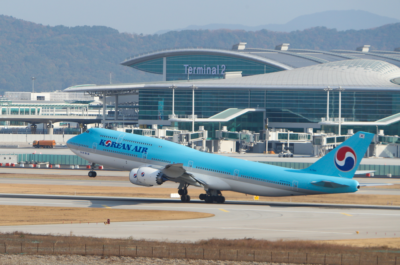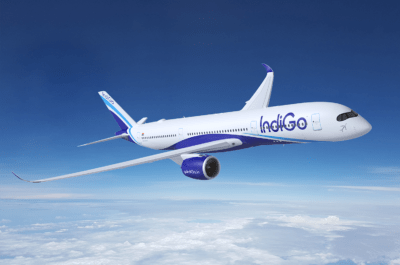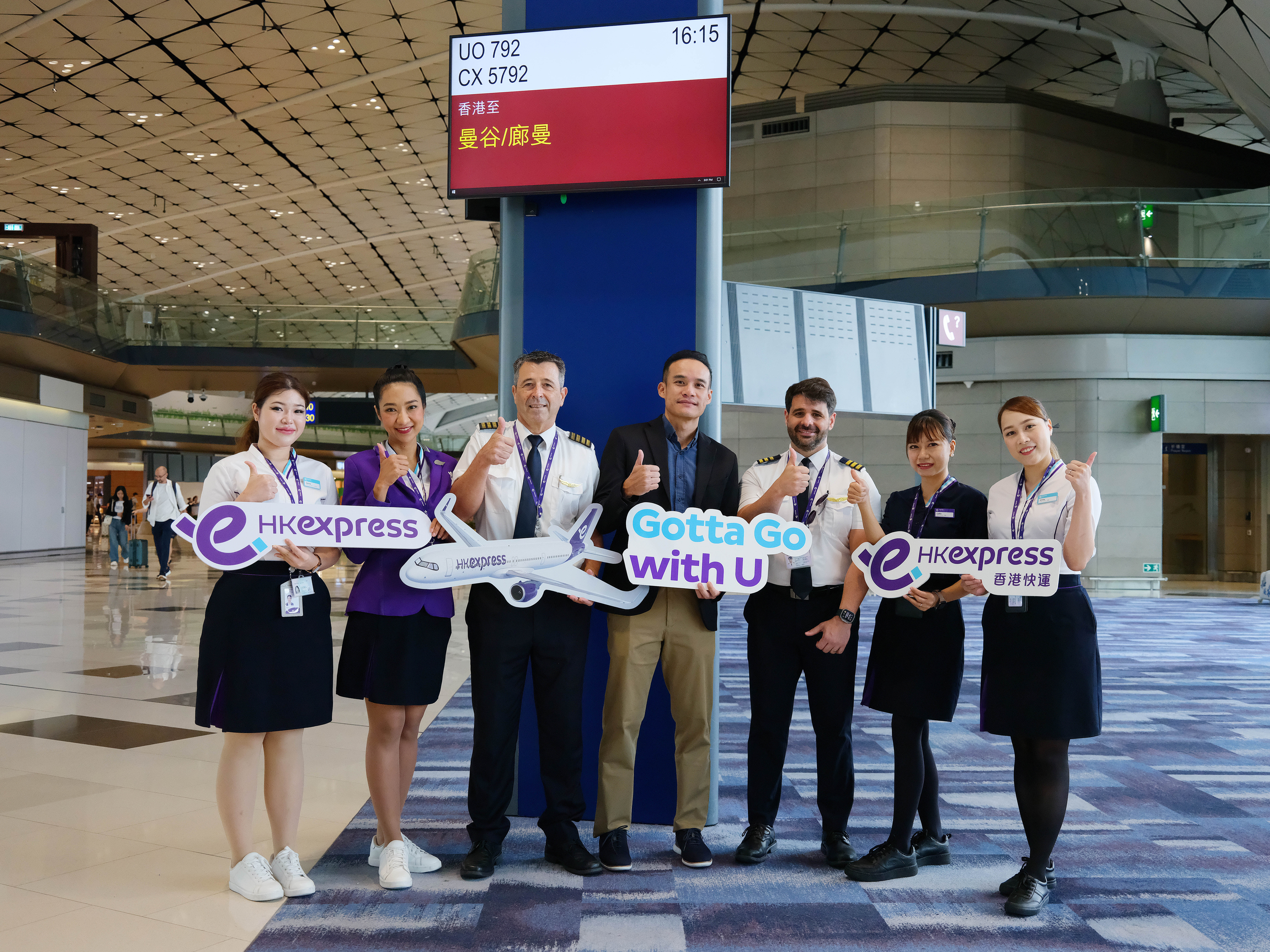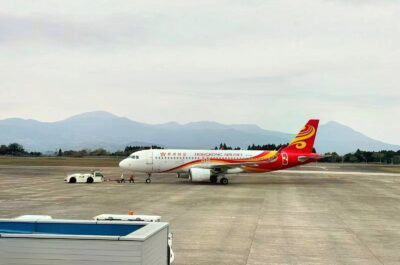Ancillary revenue has become a crucial component in the global airline industry’s profit toolbox. The International Air Transport Association slashed its 2011 industry profit outlook to $4 billion and revealed that carriers will spend $10 billion more on jet fuel this year. The $32.5 billion contributed by ancillary revenue has lifted the airline industry from a loss making position and…

Ancillary revenue has become a crucial component in the global airline industry’s profit toolbox. The International Air Transport Association slashed its 2011 industry profit outlook to $4 billion and revealed that carriers will spend $10 billion more on jet fuel this year. The $32.5 billion contributed by ancillary revenue has lifted the airline industry from a loss making position and continues to provide a very effective hedge against runaway fuel bills.
Earlier this year, Amadeus and IdeaWorks reported the ancillary revenue disclosed by 47 airlines in 2010. These statistics were applied to a larger list of more than 200 airlines to provide a truly global projection of activity for 2011. The Amadeus Worldwide Estimate of Ancillary Revenue for 2011 is the second year Amadeus and IdeaWorks have undertaken the task of calculating global ancillary revenue activity.
“As ancillary revenues continue to grow rapidly, we are now seeing increasing interest from full service carriers around the world, which are also starting to implement ancillary services through global distribution systems, such as Amadeus. KLM and Iberia, for instance, have just joined the ranks of carriers implementing the Amadeus Ancillary Services solution for travel agencies. The model is now focusing on services which increase the scope of the product offering and reinforce the brand rather than unbundle the ticket price,” says Holger Taubmann, VP Distribution, Amadeus.
| Amadeus Worldwide Estimate of Ancillary Revenue | ||||
| Airline Category | 2011 Ancillary Revenue | 2010 Ancillary Revenue | Increase for 2011 | |
| US Major Airlines | $12.5 billion | $6.7 billion | 87% | |
| Low Cost Carriers | $4.8 billion | $3.6 billion | 33% | |
| Traditional Airlines | $10.9 billion | $8.5 billion | 28% | |
| Ancillary Revenue Champs | $4.3 billion | $3.8 billion | 13% | |
| Worldwide Totals | $32.5 billion | $22.6 billion | 43.8% | |
Source: Ancillary revenue statistics applied by IdeaWorks to individual airline revenue results listed in the Worldwide Airline Report in the July 2011 issue of Air Transport World. |
||||
The IdeaWorks analysis reveals natural groupings (or categories) based upon a carrier’s ability to generate ancillary revenue. The “percentage of revenue” results associated with four defined categories were applied to a worldwide list of operating revenue disclosed by 203 airlines. The following describes the four categories:
– Ancillary Revenue Champs. These carriers generate the highest activity as a percentage of operating revenue. The average achieved by this group was 19.8%, which is slightly up from 19.4% for 2010. Examples include AirAsia, Aer Lingus, easyJet, Ryanair, and Spirit Airlines.
– Major US Airlines. US-based majors generate strong ancillary revenue through a combination of frequent flier revenue and baggage fees. The average for this group was 11.9%, which is a sizable increase above the 2010 rate of 7.2%. Examples include Alaska, American, and United.
– Low Cost Carriers. LCCs throughout the world typically rely upon a mix of a la carte fees to generate good levels of ancillary revenue. The average in this group was 6.5% and is above last year’s 5.4%. Examples include AirTran, Blue1, IndiGo, Jazeera Airways, Pegasus, and Spring Airlines.
– Traditional Airlines. This category represents a catch-all for the largest number of carriers. Ancillary revenue activity may consist of fees associated with excess or heavy bags and limited partner activity for a frequent flier program. The average here remained at 2.9%. Examples include Air China, Emirates, Finnair, LAN, Qatar Airways, and Singapore Airlines.
| Ancillary Revenue Estimates by World Region | ||||
| World Region | 2011 Ancillary Revenue | 2010 Ancillary Revenue | Increase | |
| for 2011 | ||||
| North America | $15 billion | $8.7 billion | 72% | |
| Africa / Middle East | $1.4 billion | $0.9 billion | 52% | |
| Latin America / Caribbean | $0.8 billion | $0.6 billion | 47% | |
| Asia / Pacific | $6.3 billion | $4.8 billion | 30% | |
| Europe | $9 billion | $7.6 billion | 18.7% | |
| Source: Ancillary revenue statistics applied by IdeaWorks to individual airline revenue results listed in the Worldwide Airline Report in the July 2011 issue of Air Transport World. | ||||
“Outside of the US market and the global LCC sector, airlines tend to choose a model that complies with industry standards rather than a customised approach to the development and deployment of their ancillary services,” says Julia Sattel, VP Airline IT, Amadeus. “Our philosophy is to balance the productivity and efficiency that industry standards bring with the desire for some airlines to customise the way in which their product is packaged and sold”.
“Whatever the model, there is no doubt that the growth of ancillary sales is here to stay. The Electronic Miscellaneous Document (EMD) standard for the fulfilment of ancillary sales is rapidly gaining momentum. According to IATA, there are now 28 airlines in the world that are EMD capable, 15 of these are using Amadeus’ EMD Server and have issued over 2.5 million EMDs this year alone,” adds Sattel.
The US Major Airlines category continues to produce a commanding share of global ancillary revenue: The $12.5 billion result (38% of the global total) represents just seven airlines: Alaska Airlines, American, Continental, Delta, Hawaiian, United, and US Airways. Compare this to the second largest piece of the pie at $10.9 billion (34% of the global total) which is generated by a far larger group of 140 airlines, the Traditional Airline category. As proven by this revenue result, US-based airlines have readily adapted to an a la carte world, but they also benefit from consumers who are keen to get frequent flier miles.
Other sources include on-board sales of food, beverages, wifi, and hotel bookings. In addition, airlines offer an ever-increasing selection of services that add to traveller convenience such as priority security screening, early boarding, and exit row seat assignments.
The ancillary revenue profile outside the US is difficult to define due to carrier-by-carrier differences. The outsized presence of frequent flier program revenue is most obvious in the US. However, major carriers in other countries, such as Australia, Brazil, and Canada, do generate significant revenue from the sale of miles and points to banks, hotels, retailers, and even direct to program members.
Carriers in North America began to emphasize ancillary revenue after the oil price shock of 2008. Not surprisingly, this region leads the world for ancillary revenue production. IdeaWorks estimates the region achieved a stunning 72% increase above the level estimated for 2010. Ancillary revenue rose across the globe and was largely driven by traffic and passenger revenue increases as the industry recovered from the 2009 recession.
IdeaWorks believes that 48% of the $9.9 billion worldwide increase can be attributed to the higher overall level of revenue and passenger activity. Simply stated, an increase of the base generates a larger calculated result. The remaining 52% is attributed to carriers becoming more focused on ancillary revenue through better financial disclosure, stronger merchandising efforts, and adding more a la carte services for sale.
Savvy airline managers have learned ancillary revenue should not rely upon forced choices, but rather allow consumers to tailor travel according to their budget. Consumers who are treated fairly and receive good value will undoubtedly provide airlines with another good year of ancillary revenue growth for 2012.
Vicky is the co-founder of TravelDailyNews Media Network where she is the Editor-in Chief. She is also responsible for the daily operation and the financial policy. She holds a Bachelor's degree in Tourism Business Administration from the Technical University of Athens and a Master in Business Administration (MBA) from the University of Wales. She has many years of both academic and industrial experience within the travel industry. She has written/edited numerous articles in various tourism magazines.


































![[PR] PR_Ascott and Vimut Hospital_2024](https://www.traveldailynews.asia/wp-content/uploads/2024/04/PR-PR_Ascott-and-Vimut-Hospital_2024-400x265.jpg)









































